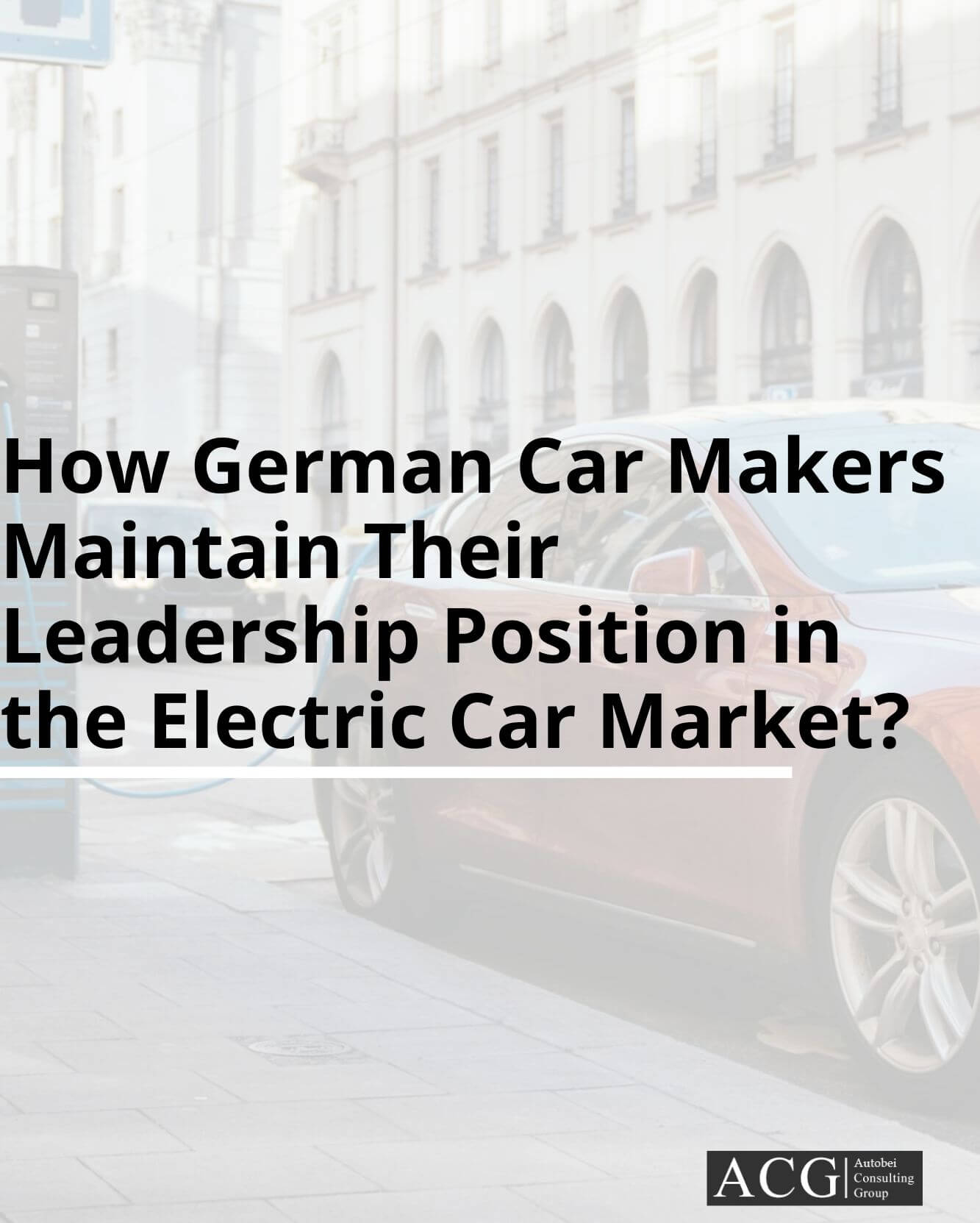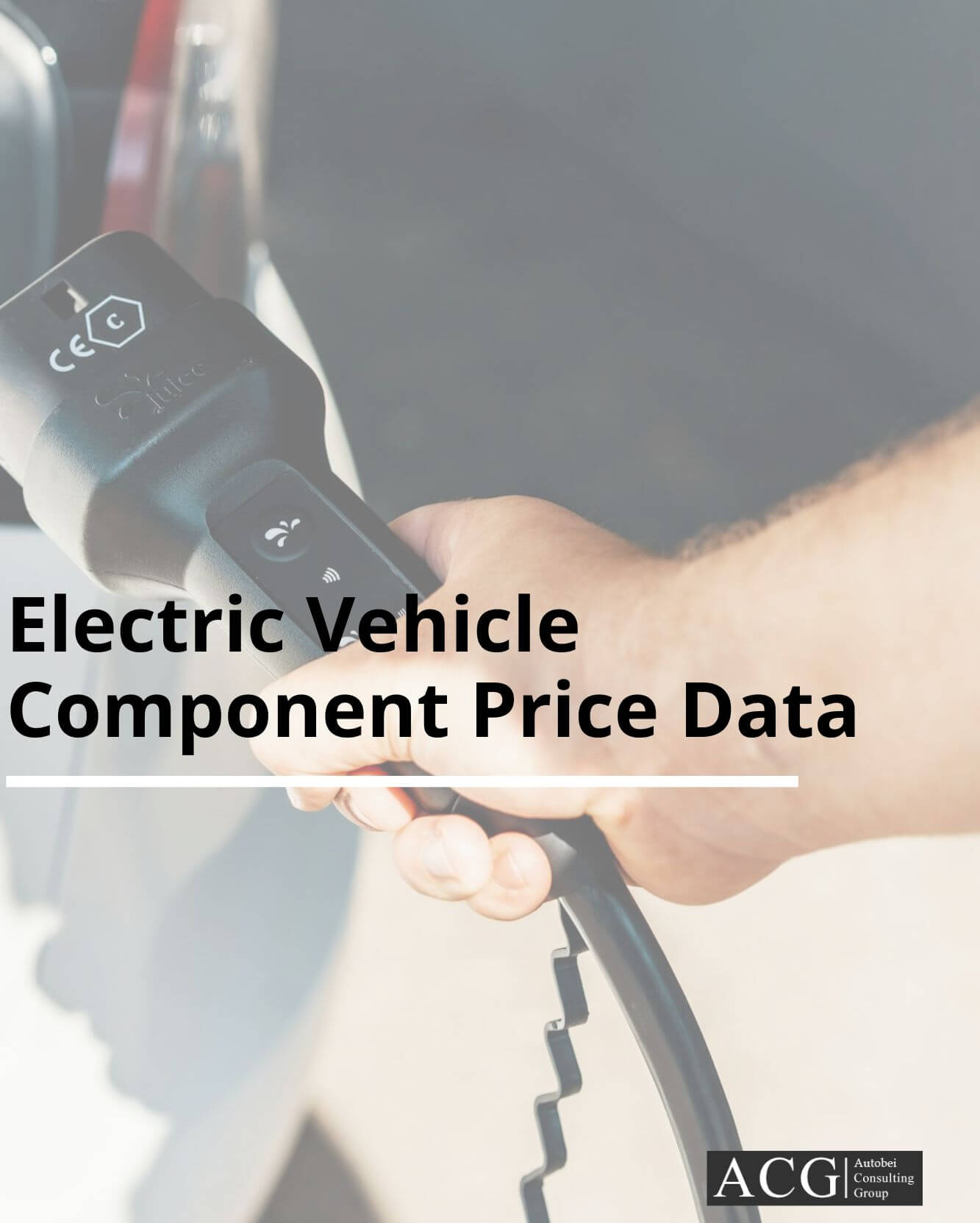The global electric bus market is projected to reach USD 100billion by 2030 with an expected CAGR of 24% from 2023 to 2030. The key driver behind the double-digit growth is the Government policy to achieve zero emissions targets within a certain time frame. The time frame depends on country-to-country policy and other market dynamics. The other key factors are driving comfort, low operating cost, Government Subsidy, Higher Diesel prices, and overall sentiments towards adopting electric buses in daily life.
There are 3 types of Electric Buses available: Battery Electric (BEV), Plug-in-hybrid, and fuel cell Electric buses. Electric buses are dominating the Bus Industry in Green technology.
The LFP battery-type electric buses are dominating the market due to availability, affordability, and increased energy density from 140Wh/kg to 180Wh/kg in 2023.
There are additional benefits of electric buses they are easy to operate the bus, there is almost no noise inside the cabin, effortless driving, and the smart system assists drivers and passengers in every small but important aspect. Even ebuses have the same technical performance as diesel buses. Earlier, due to range limitations, the electric bus needed to reach a charging station to complete the number of trips per day.
In 2018, around 99% of electric buses were running in China. The Electric Bus market share in China in 2018 was 18 percent and it can have about 50 percent market share by 2025. Europe and South Korea will touch a 10 percent market share in the electric bus segment.
The Municipality Bus segment is one of the largest segments for Electric Bus. Most of the major cities plan to replace their existing ICE bus fleet with an Electric Bus fleet in the next 10 years. China is the largest Municipal Electric Bus Market with 566,000 units in 2018 and is expected to touch 700,000 units by 2025. India, Europe and the US are other key markets for Municipal Electric Bus.
The average price of an Electric bus varies between USD 120,000 to 600.000. The price of the ebus depends on manufacturers, Battery technology, Technical Specs, and features of the Electric bus.
Hybrid and and Fuel Cell Technology buses are having their own pros and cons. Hybrid Buses are also very popular in Europe. FCEV buses are still facing feasibility challenges.
ADAS and other technology added safety features to the Electric Bus. This gives an edge for the adoption of the ebus in the fleet.
Some major Markets like Europe, China, and the USA has taken some initiative to replace all fleet with zero-emission vehicle. In Europe, 25% of emissions are produced by heavy-duty vehicles in road transport.
By 2030, all buses should be Electric buses to meet the zero-emission target. But EU member states can extend it by 2035 on request. Some EU countries believe that 2030 is not a realistic deadline. The major players in the Electric bus segment are Daimler, MAN, Volvo, and Iveco.
The Electric Bus market share in China is around 58% in 2022 and is expected to reach more than 80% by 2025. The small electric bus (> 8m) controls the largest market in China due to its suitability of affordability and sufficient range per charge. The city of Shenzhen became the first city to run only electric buses. Beijing and Shanghai are trying to follow Shenzhen city to adopt electric buses.
Key Highlights of the report:
- Global Electric Bus Market size trend and forecast 2020 to 2040 in units (In 000) and value (In & billion)
- Battery Demand Forecast for BEV and PHEV city buses 2020 to 2040
- Region wise Electric Bus forecast 2020 to 2040
- Fuel cell Bus forecast and leading region to adopt it
- Global Electric Bus Fleet Data
- Electric bus Market Structure- country wise
- Market mapping based on ebus length, Application – Urban, Rural, Intracity, Intercity, School, Staff, Government organization, Seating capacity, and others
- Markets covered: China, Europe, USA, India, North America, Middle East, South East Asia, and RoW
- Electric Bus OEMs Strategy Analysis and Product portfolio – Daimler, Volvo, MAN, Iveco, BYD, Tata Motors, Scania, SwitchMobility, VDL Bus & Coach, Yutong, and Tata Motors
- Product attributes analysis of different electric bus models
- Market Segmentation, Competitive Landscape, Positioning, Customer preferences, Drivers, Challenges, Trends etc
- Country wise Subsidy Support Analysis and its impact
- Government policy to support Electric Bus (Vehicle) procurement
- ebuses price point position – High, Medium, and Low price segmentation
- Electric bus manufacturing plan and challenges
- China electric bus cost advantages
- Chinese electric bus price Vs performance satisfaction in European market
- For each OEMs, and Model – Total Market size and Addressable market size
- Technology: Technology roadmap, Battery Trend, Latest Technology development, Scalable technology, and feasibility analysis of Technology
- Value chain analysis of BEV buses
- Autonomous Bus adoption rate
- Charging infrastructure network, Charging station costing Analysis for Electric buses
- Range, Charging time,
- Benchmarking Analysis of Electric buses]
- Voltage trend
- Different types of Motor efficiency
- Case Study: BYD, Arrival, and Volvo Bus




